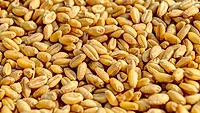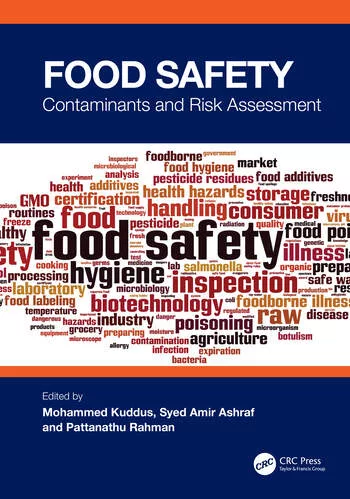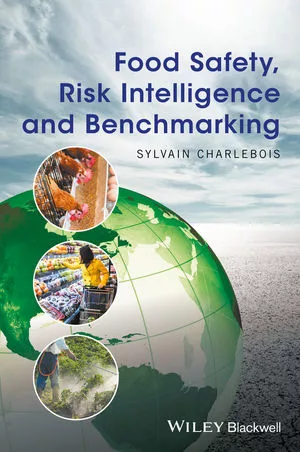FAO/WHO Develop Scientific, Risk-Based Framework for Food Allergen Labeling

Image credit: Freepik
Traditionally, food allergen labeling has followed a precautionary hazard-based approach, in which food products are labeled with warning statements when even the slightest possibility of allergen contamination is present. To improve upon this commonly used approach, which limits trade and consumer choice and lacks clarity, the Food and Agriculture Organization (FAO) and World Health Organization (WHO) developed a more precise, risk-based approach, in which the application of food allergen warning statements considers actual risks, such as the likelihood and severity of an allergic reaction occurring.
The new approach is based on a series of FAO/WHO Joint Expert Consultations on the Risk Assessment of Food Allergens (JECRA), fulfilling a request from the Codex Committee on Food Labeling and Codex Committee on Food Hygiene to support the development of internationally agreed upon food safety standards and guidelines relevant to the management of food allergens.
The resulting five reports and brochures explaining the priority food allergens, threshold values/reference doses, precautionary allergen labeling (PAL), and exemptions from mandatory food allergen labeling can be accessed on FAO’s Food Allergens webpage.
FAO’s/WHO’s Recommended Approach to Food Allergen Labeling
To design the new approach, JECRA used three criteria—prevalence, potency, and severity—for assessing proteins for their potential inclusion or exclusion on a priority food allergen list. Global priority food allergens were identified: milk, eggs, peanut, tree nuts (hazelnut, cashew, walnut, pistachio, pecan, and almond), sesame, fish, crustaceans, and cereal containing gluten (i.e., wheat, rye, and barley). Additionally, soy, some tree nuts (Brazil, macadamia, and mine nuts), celery, lupin, mustard, and oats were identified as potentially important allergens from a regional or national perspective.
The expert committee then established threshold levels for the priority allergenic foods, and conducted risk assessments to recommend reference doses for each of the priority allergens. Reference doses are small, milligram (mg) amounts of total protein from the allergenic food which meet the criterion for health-based guidance values and “reflect a range of exposure without appreciable health risk.” The reference doses could be used to inform management of unintended allergen presence (UAP) of priority allergens in foods. The following reference doses were recommended (including priority and potentially important allergens):
- Walnut, pecan, cashew, pistachio, almond: 1.0 mg (total protein from allergenic source)
- Brazil nuts, macadamia nuts, pine nuts: 1.0 mg
- Mustard: 1.0 mg
- Celery: 1.0 mg
- Egg, milk, peanut, sesame: 2.0 mg
- Hazelnut: 3.0 mg
- Fish, wheat: 5.0 mg
- Soy: 10.0 mg
- Lupin, buckwheat: 10.0 mg
- Crustacean: 200.0 mg.
Another JECRA meeting recommended a risk-based system for PAL, which is voluntary and often not part of a standardized risk assessment process. This leads to non-uniform and indiscriminate application of PAL, including the use of a multitude of different phrases, as well as the inappropriate absence of PAL. At present, PAL causes consumer confusion. However, PAL based on a comprehensive allergen risk management program and supported by effective communication can better protect consumers from UAP. The expert committee recommended that the use of PAL be part of a regulatory framework or other mandated policy that requires food business operators (FBOs) to use PAL only when UAP exceeds a relevant reference dose.
The expert committee also established a risk-based framework for identifying when exemption from mandatory declarations for priority food allergen derivatives is appropriate, such as in the case of highly refined foods and ingredients, by providing multiple pathways to substantiate food safety.
Looking for quick answers on food safety topics?
Try Ask FSM, our new smart AI search tool.
Ask FSM →









